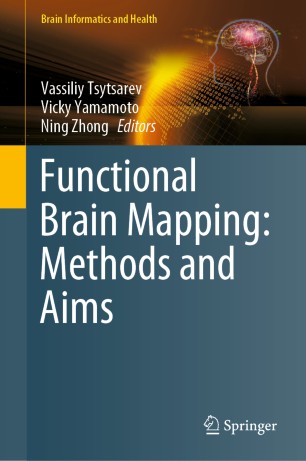

Most ebook files are in PDF format, so you can easily read them using various software such as Foxit Reader or directly on the Google Chrome browser.
Some ebook files are released by publishers in other formats such as .awz, .mobi, .epub, .fb2, etc. You may need to install specific software to read these formats on mobile/PC, such as Calibre.
Please read the tutorial at this link: https://ebookbell.com/faq
We offer FREE conversion to the popular formats you request; however, this may take some time. Therefore, right after payment, please email us, and we will try to provide the service as quickly as possible.
For some exceptional file formats or broken links (if any), please refrain from opening any disputes. Instead, email us first, and we will try to assist within a maximum of 6 hours.
EbookBell Team

4.0
16 reviewsThis book provides an essential overview of the broad range of functional brain imaging techniques, as well as neuroscientific methods suitable for various scientific tasks in fundamental and clinical neuroscience. It also shares information on novel methods in computational neuroscience, mathematical algorithms, image processing, and applications to neuroscience.
The mammalian brain is a huge and complex network that consists of billions of neural and glial cells. Decoding how information is represented and processed by this neural network requires the ability to monitor the dynamics of large numbers of neurons at high temporal and spatial resolution over a large part of the brain. Functional brain optical imaging has seen more than thirty years of intensive development. Current light-using methods provide good sensitivity to functional changes through intrinsic contrast and are rapidly exploiting the growing availability of exogenous fluorescence probes. In addition, various types of functional brain optical imaging are now being used to reveal the brain’s microanatomy and physiology.